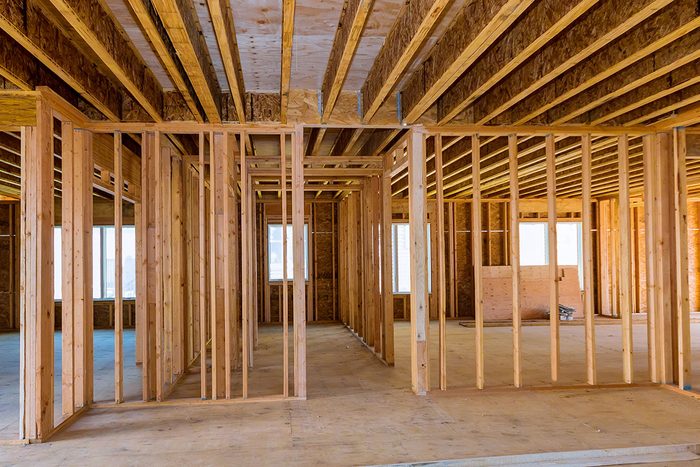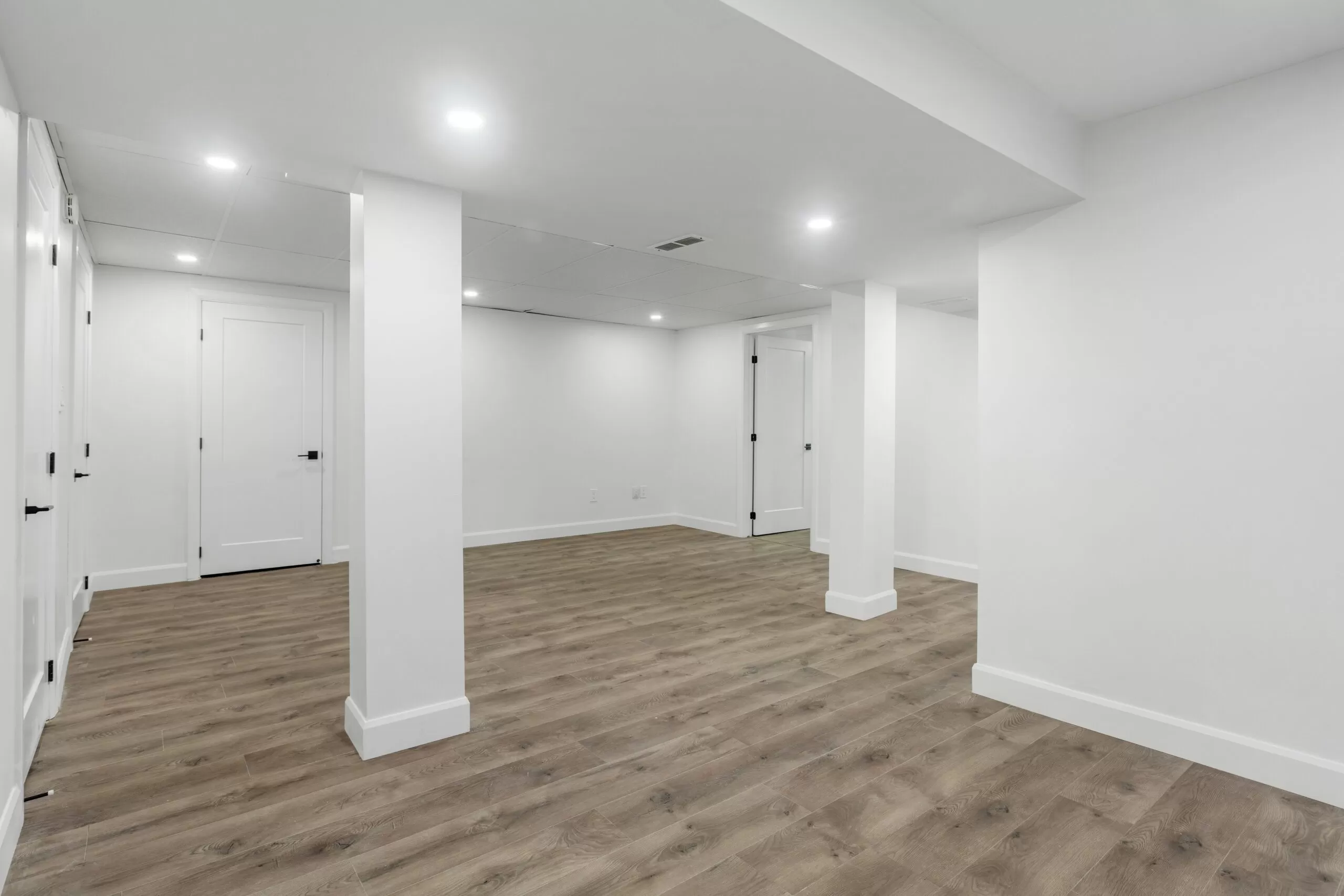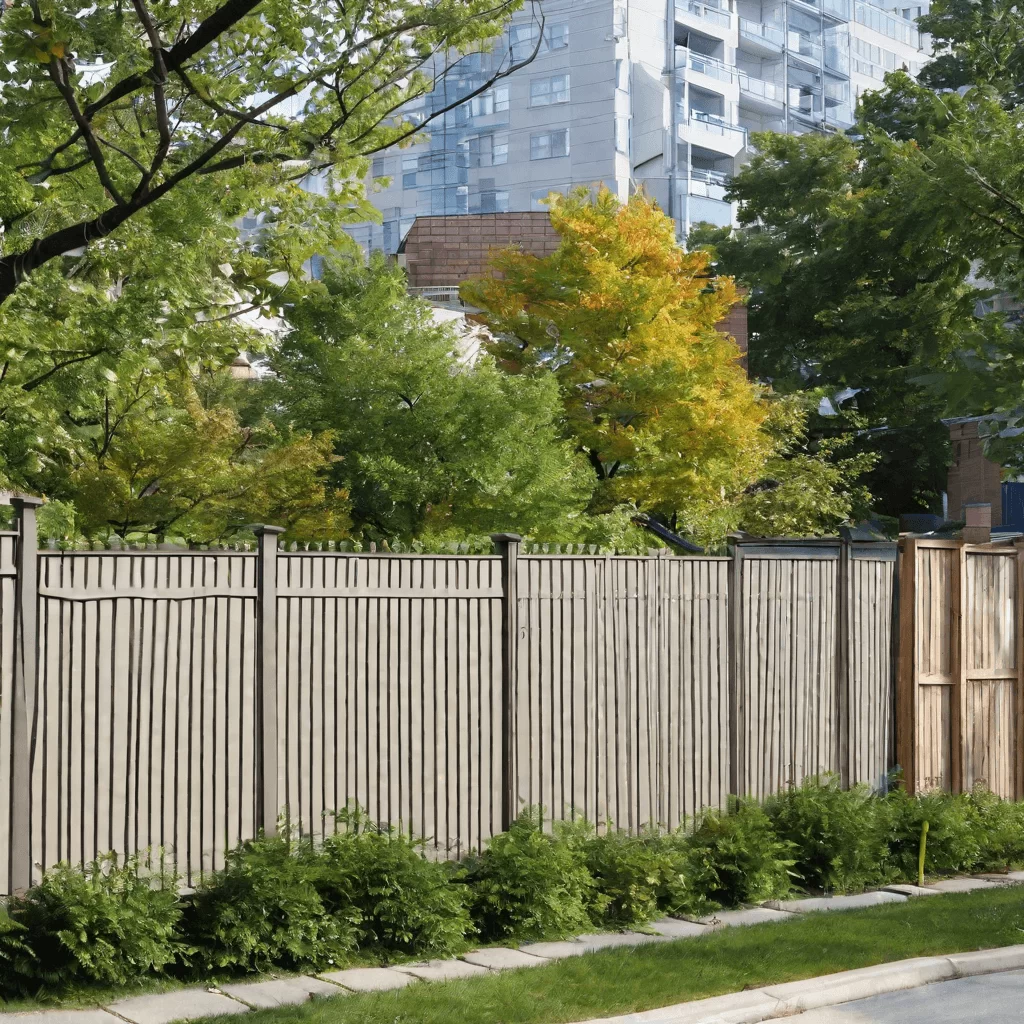How do you know if your home has load bearing walls? What are they, anyway? It’s important to know, because any load bearing walls in your home should be stabilized and reinforced if you’re thinking of moving into your home or remodeling it. Read on to learn more about identifying load bearing walls in your home, and how to properly reinforce them.
Check The Ceiling
One way to tell if a wall is load bearing is to check the ceiling above it. If there are cracks or sagging, that’s usually an indication that the wall below is supporting too much weight. Another tip is to see if the wall has any windows or doors. Load bearing walls typically don’t have any openings, since they’re meant to support the weight of the house.
Check the basement
The first step is to check your basement. If you have a load bearing wall in your basement, it will be supporting the weight of your entire house. You can usually tell if a wall is load bearing by looking at the foundation. The load bearing wall will be directly above the foundation, while the other walls will be sitting on top of the foundation. If you’re not sure, you can always ask a professional to take a look.
Know what you are looking for
Before you can identify a load bearing wall, it is important to know what you are looking for. Load bearing walls support the weight of the structure above them, so they are typically thicker and made of stronger materials than non-load bearing walls. If you are unsure whether a wall is load bearing, err on the side of caution and assume that it is.
Hold off on knocking down walls
1. load bearing wall is one that holds up the weight of the house and keeps it from collapsing.
2. The easiest way to tell if a wall is load bearing is by looking at the direction of the joists in the ceiling.
3. If the joists all run parallel to each other, then the chances are good that the wall is load bearing.
4. However, if the joists intersect with each other or run perpendicular to each other, then there’s a good chance that the wall is not load bearing.
5. Another way to tell if a wall is load bearing is by looking at the foundation of the house.
6. If the foundation runs parallel to the wall, then it’s likely that the wall is load bearing.
Consult an expert
1. If you’re unsure about which wall is load bearing, consult a professional contractor or engineer.
2. These experts can help you determine the load bearing capacity of your walls and identify which ones are most important to the stability of your home.
3. Load bearing walls are typically made of heavier materials like brick or concrete, so they’re often thicker than non-load bearing walls. 4. If you’re still not sure, try tapping on the wall; if it sounds solid, it’s probably load bearing.
5. Another way to tell is by looking at the framing of your house; load bearing walls will usually be perpendicular to the ceiling joists while non-load bearing walls will run parallel to them.
















